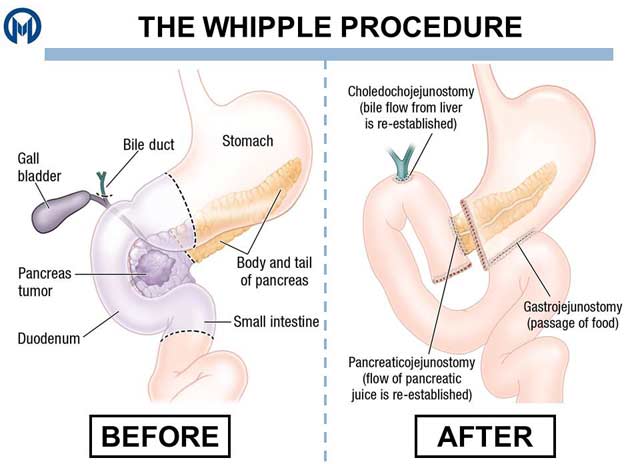+918045135442

This is your website preview.
Currently it only shows your basic business info. Start adding relevant business details such as description, images and products or services to gain your customers attention by using Boost 360 android app / iOS App / web portal.
Description
Pancreatic surgery is required when someone has problems with their pancreas such as pancreatic cancer or pancreatitis (inflammation and auto-digestion of the pancreas). To contextualize, auto-digestion refers to the process in which the enzyme responsible for helping break down the nutrients of the food consumed destroys its tissue. You must know all the conditions that will justify a pancreatic surgery. The silver lining is that not ALL pancreatic abnormalities will require surgery. Here they are so to keep you in the know: 1. PANCREATIC CYSTS – Some may even turn cancerous, if not treated at the right time. 2. ACUTE PANCREATITIS – A single attack involving bleeding, swelling and damage to the pancreas and its blood vessels after inflammation and auto digestion after which the organ may return to normal. 3. CHRONIC PANCREATITIS – Inflammation and auto digestion of the pancreas which does not subside and becomes worse over time. This disease hits people who are between the ages of 30 to 40. 4. PANCREATIC NEUROENDOCRINE CANCER – A rare type of cancer which rises from the hormone-secreting cells. 2. Who might need pancreas surgery? We will be discussing two diseases here, which may require you to have a pancreas surgery done. Their symptoms will also be mentioned so that you will know what to look out for. i. PANCREATITIS – Symptoms of this disease tend to occur suddenly. They are: ● Abdominal pain ● Difficulty in eating ● Weight loss ● Diarrhea ● New-onset diabetes (occasionally) ii. PANCREATIC CANCER – Symptoms of this disease tend to occur gradually, taking days, weeks or even months. They are: ● Weight loss ● Diarrhea ● New-onset diabetes ● Jaundice (yellowing of the skin and eyes) sans the pain ● Dark urine and gray stools 3. How is pancreas surgery performed? A pancreas surgery will be performed depending on the disease that a person is suffering from. We sympathize with all readers who happen to be either a prospective patient or their family member. While the impending surgery can be daunting, some of it may also be laced by curiosity. Therefore, this segment of the blog will aim to explain how pancreas surgery is conducted. Some of the surgical procedures that have been considered safe and effective are as follows: i. The Whipple Procedure – Also known as pancreaticoduodenectomy, this procedure works best for patients suffering from pancreatic cancer or some other benign complications restricted to the head of the pancreas. The surgeon will remove the head of the pancreas, part of the bile duct and the gall bladder. They will then reconnect the remaining pancreas to the intestine, bile duct and stomach. ii. Distal pancreatectomy – This surgical procedure will often be laparoscopic meaning it will be aided by a small camera and smaller incisions at the surgical site. This procedure intends to remove tumors at the end or tail of the pancreas. iii. Total pancreatectomy – A relatively rare procedure because of the undisputable side-effects attached to it such as diabetes, this surgery constitutes removal of the entire pancreas, the gallbladder, part of the stomach, small intestine and the spleen. It is performed when cancer spreads throughout the pancreas but can still be removed. iv. Endoscopic retrograde cholangiopancreatography – ERCP is performed when the cause of pancreatitis seems to be something such as a gallstone lodged in the bile duct. In this procedure, a tube with a tiny video camera at the end of it will be slid down the throat into the small intestine and stomach after which dye will be injected into the drainage tube of the pancreas to locate the possible obstruction. The purpose of the dye is to produce enhanced images of the pancreas and the bile ducts on the X-ray machine. This helps the doctor view the site of the blockage after which he or she can remove the hindrance. Special instruments such as a balloon catheter or a basket catheter are inserted through the tube to remove this obstruction or stretch a segment of the bile duct. A pancreatic pseduocyst is caused due to chronic pancreatitis. This is a fluid-filled sac that forms in the abdomen and is comprised of pancreatic enzymes, blood, and necrotic (dead) tissue.

